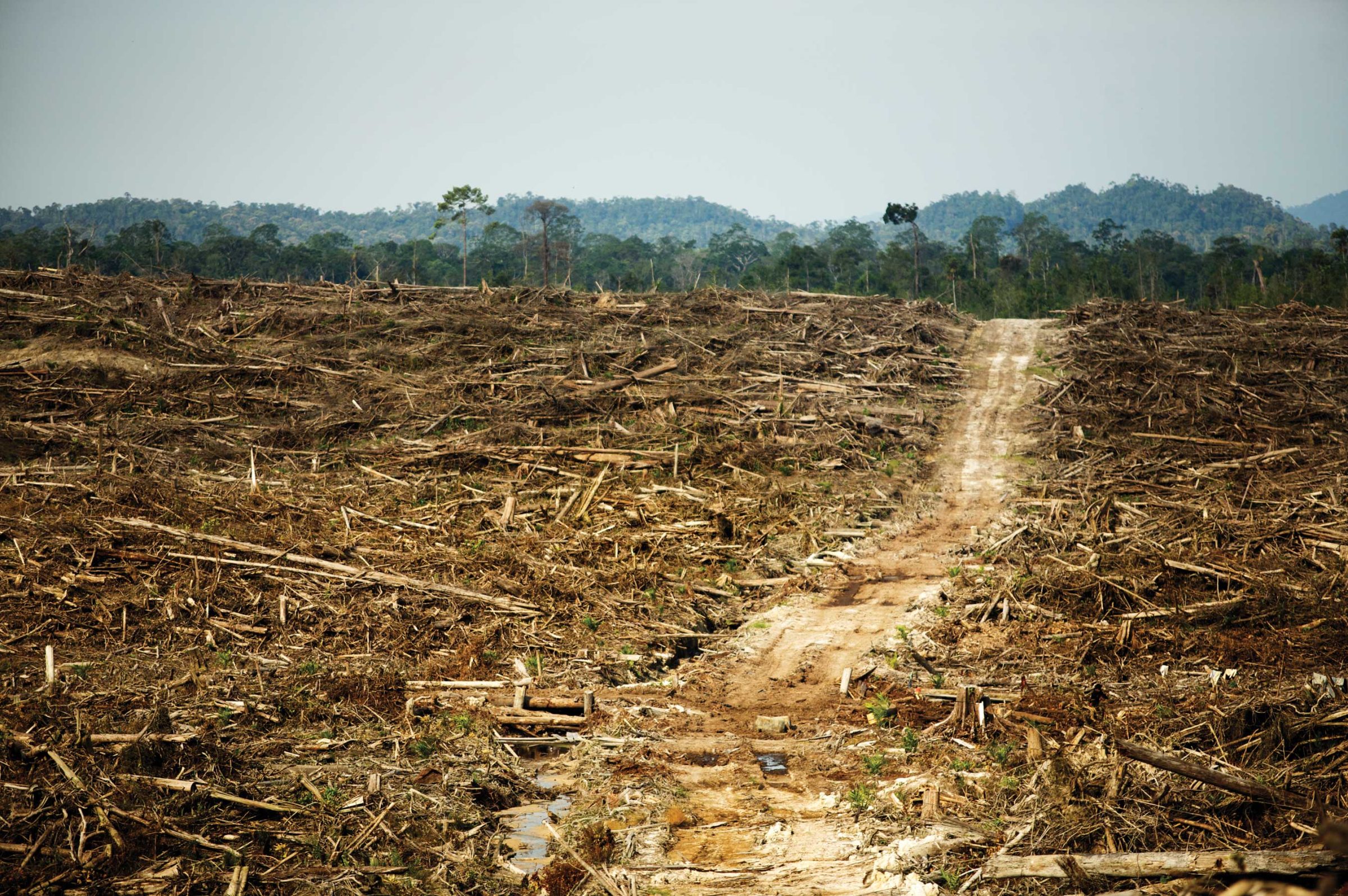
Taking the gas out of farming
18 September, 2020
Making the food we eat produces 29% of the world’s total greenhouse gas footprint, and a large proportion of that impact comes from agriculture. But as an interesting new article from sustainable agriculture investment firm Craigmore makes clear, the sector is changing fast.
Impressive commitments to net zero targets by large food manufacturers put pressure on the agriculture industry to reduce its carbon footprint. The National Farmers Union is helping UK farmers reduce net emissions to zero by 2040, and in Australia the red meat sector, which makes up 70% of the country’s agricultural emissions, plans to produce the world’s first sector-wide carbon-neutral beef.
There are many tools at the sector’s disposal, among them renewable energy, bioenergy crops, regenerative farming techniques, and smart farming methods. This last one is particularly exciting: the use of digital technology to measure and manage the efficient use of land, both for individual farmers and across the global food system. Different areas of the world and even plots of land have different ‘factor efficiencies’, meaning that prevailing natural conditions make it more or less environmentally efficient to grow different types of crops. For example, agriculture involving apples, kiwis and dairy cows is most carbon efficient in New Zealand, to the extent that dairy products from there have half the carbon footprint for European consumers than of locally grown European products. Mindblowing.
The future promises more sustainable innovation. New animal feeds could reduce the methane output from livestock (yes, in that way). Carbon-smart farming and zero-tillage farming techniques could improve soil quality, fix carbon and lower costs to farmers. Breeding dairy-beef cows could significantly reduce the carbon emissions of eating beef. It’s an exciting time to be farming.
By Ben Wood
 Back to all friday 5
Back to all friday 5